This pair of paintings portrays hunters gathered before the imposing remnants of Roman temple ruins, each canvas capturing a distinct moment of day and mood.
The dawn scene is bathed in a delicate pink hue, as the first light of morning gently illuminates the ruins. Soft, rosy tones blend with the pale blue sky, casting a serene and ethereal glow over the landscape. The air feels cool and still, evoking a sense of renewal and quiet anticipation as the day begins. In contrast, the dusk scene is suffused with a rich, golden light. The ruins are bathed in the warm, fading glow of the setting sun, their weathered surfaces highlighted by long shadows and amber reflections. The atmosphere is tranquil yet tinged with nostalgia, as the day’s end invites rest and contemplation.
The ancient ruins rise as timeless monuments to human ingenuity and resilience, their weathered forms harmonizing with the natural landscape. They speak not only of a glorious past but also of continuity and endurance, reminding us that beauty and meaning persist even as time reshapes the world. Amid these echoes of history, the hunters symbolize life’s ongoing rhythm, connecting the present to the past. Together, these paintings celebrate the cycles of renewal and reflection, inviting viewers to find inspiration in the enduring harmony between nature and human creation.
Thomas Blanchet (1614 – June 21, 1689) was a French painter, draughtsman, architect, sculptor, and printmaker, known for his significant contributions to Baroque art in France. Born in Paris, he initially trained as a sculptor under Jacques Sarazin, but following Sarazin’s advice, he transitioned to painting and embraced the Baroque style and the Mannerism of the School of Fontainebleau. He likely studied alongside artists like Simon Vouet during this period.
Between 1645 and 1653, Blanchet lived in Rome, where he became involved with the artistic circles of Nicolas Poussin and visited the studios of Andrea Sacchi and Pietro da Cortona. His time in Rome was marked by praise from Gianlorenzo Bernini, and he produced paintings for prominent patrons such as Niccolò Guido di Bagno, in addition to engravings of ancient tombs and architectural views. He also designed a mausoleum for René de Voyer d’Argenson, the French ambassador to Venice, located in San Giobbe, Venice (1654).
Upon returning to France, Blanchet settled in Lyon, where he became a prominent figure in the local artistic scene. He contributed to public and religious projects, with works for the town hall and local churches, often depicting historical and religious themes with the dramatic flair characteristic of the Baroque style. Some of his renowned works include Alexandre au tombeau d’Achille and Cadmus ayant tué le Dragon, Minerve lui ordonne d’en semer les dents, which are housed in institutions such as the Louvre Museum in Paris.
Dimensions:
Each canvas measures ca. 62 by 49 cms and with the frames ca. 74 by 61 cms.
Provenance:
Christie's, Monaco, 7.12.1987, Lot 58 (as attributed to Patel)
Galerie Dr Schenk, Zurich, 1990 (label verso)
European private collection
Faint remnants of a signature visible on the rocks, we had an infrared-reflectography photograph taken to make this more visible.




















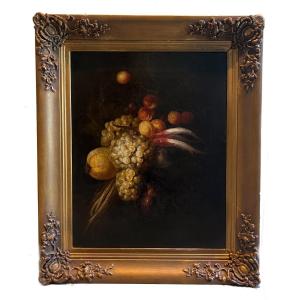


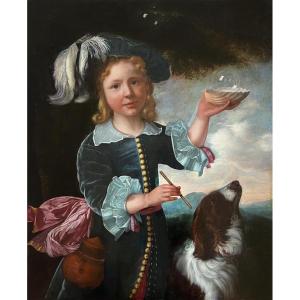
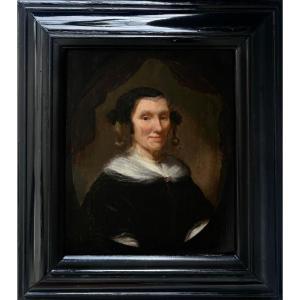

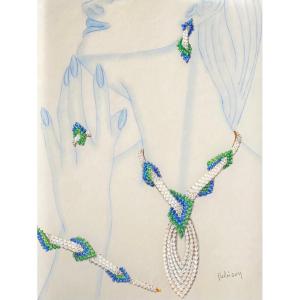

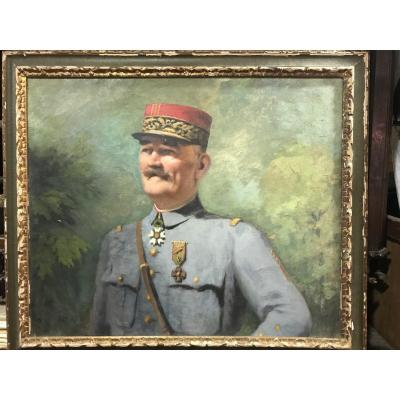







 Le Magazine de PROANTIC
Le Magazine de PROANTIC TRÉSORS Magazine
TRÉSORS Magazine Rivista Artiquariato
Rivista Artiquariato